Bird Tables – Everything You Need to Know!
There is no garden, yard, or other outdoor space that we can think of that cannot be enhanced by a bird table. Watching and listening to the throng and chatter of a spectacular range of feathered visitors, your spirits cannot help but be lifted and your well being enhanced.
And it’s not just you who reaps the rewards. Throughout the tougher times of the year such as autumn and winter, and the Food Gap, wild birds require extra energy to help them thrive. Providing foods such as High Energy No Mess, Peanuts, Sunflower Hearts, and Suet Dumplings, can really a make a difference to their chances of survival.
It is a win-win. Peace of mind for you and a healthy, sustaining meal for the birds.
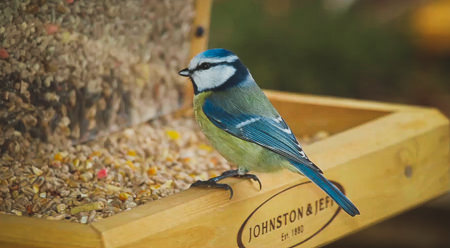
But with the plethora of sizes, shapes, materials, and price points on the market, choosing a bird feeding table that is right for your outdoor space can be a challenge.
But worry not! We’ve been making premium wild bird foods and British-made wooden bird tables for more years than we care to remember, so we’ve learned a thing or two in that time.
Read on to get the best out of the latest addition to your garden.
What Type of Bird Table Should I Go For?
Some people love large, ornate sculptures that form the centrepiece of majestic garden displays. Others go for more modest bird tables that enhance any position they’re placed in.
Whatever your preference, there are five main aspects to consider when buying a bird table. These are:
- Size
- Design
- Free standing vs hanging
- Material
- Quality
Size
When considering the size of your bird feeding table, the first place to start is always the size of your outdoor space. If your garden is relatively small, or you have an enclosed yard, then often, the choice is made for you. Go for the one that best fits the space.
But what if you have a bigger garden? Well, this opens up the possibility of creating a sanctuary just for wild birds where they can feed while you watch from afar. If this is the case, perhaps consider combining a bird table with a feeding station to attract a great number of species.
Also, when it comes to size, it is wise to consider the area of the feeding platform. If it is too small for the number of birds visiting your garden, and it might become overcrowded leading to fights and seed spillage all over your manicured lawn.
The final aspect of size you should consider is height. What height should a bird table be?
Well, make sure it is high enough so predators such as cats cannot reach it, otherwise they will scare all your feathered garden visitors away. We recommend around four to six feet.
Design
Bird table design is, of course, an entirely personal decision. But the good news is there are so many to choose from you’re guaranteed to find one you love. Our range includes a total of 14 bird tables of all different sizes and looks, each one carefully crafted to create an excellent feeding environment, meaning there is a bird table for everyone! Take a look at our range here.
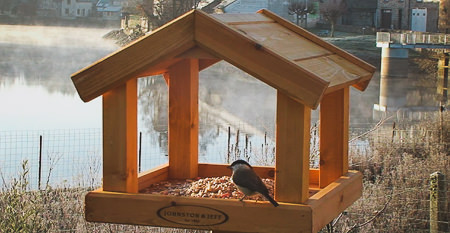
Free-standing Bird Table vs Hanging Bird Table
Whereas hanging bird tables do have a place, free-standing tables tend to be much easier to manage. They are more manoeuvrable, easier to clean, they don’t require ladders to put up and don’t need to be attached to a tree or other lofty structure.
Hanging tables can also be fiddly to get down as to avoid spinning, they need to be secured at each corner. This can be particularly onerous – not to mention dangerous – if you’re halfway up a ladder at the time!
Hanging bird tables can also be more prone to predation, particularly from cats, which are prolific climbers of trees.
So, our advice is to opt for a free-standing table as they are much easier to manage, provide a safer feeding environment, and you’re less likely to end up in a heap on your lawn!
Material
Bird tables come in a range of materials nowadays, but we’re traditionalists so there’s only one material for us – wood.
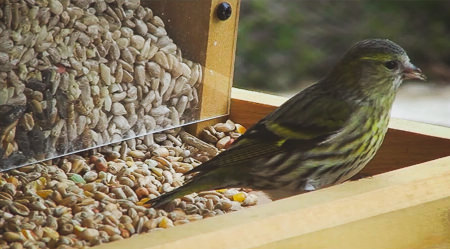
Wooden bird tables simply look the best and the most natural in every outdoor setting. And to ensure they stand the test of time, all our bird tables are dipped in a non-toxic, water-based and bird friendly stain, which also gives them a fantastic finish.
Not all woods are made equal though and it is essential you choose a wooden bird table made from sustainably sourced timber. All the timber used to make our wooden items is FSC®-certified, ensuring we always source from the most sustainable supplies.
Quality
You bird table will be outside 24 hours a day, seven days a week, through all the weather Britain has to offer – sun, rain, wind, hail, and snow. To survive that, it’s important that the table you select is good quality.
Things to check include the quality of the timber – is treated and does it come from sustainable sources? How does the bird table fit together? Are the joints all align and strong? Does it have the impression of being precision engineered, or does it feel like it has been put together in a rush?
Finally, does the overall structure feel strong? Will it withstand a gale? Check the connection between the table and the stand – does it wobble or is it attached tightly?
All these things will determine how long your bird table will last, so always ensure you give it a thorough quality check before you buy.
Where to put your bird table
So, you’ve chosen your new bird feeding table and you’ve either brought it home or had it delivered. The next thing to decide is where in your outdoor space to put it.
Like all creatures, birds want to feed in peace while at the same time, keeping an eye out for predators, so put your table somewhere quiet, but also with good visibility around all sides. Ensure it is not close to other garden items such as fences or anything that will enable cats to climb up and jump on to the table.
Try also to ensure it is relatively sheltered, both from the sun and the from cold winds and rain, as this will make your garden visitors more comfortable as they feed.
Finally, don’t worry if the birds don’t rush to your new table as soon as you put it out – it may take a little time for them to find it. But put out some premium quality Johnston & Jeff wild bird food and they’ll soon come flocking!
How to clean a bird table
Cleaning your bird table isn’t just about making it look pretty and taking care of it – it’s about taking care of the birds too. Food that is left to accumulate and decay can soon breed bacteria that can make wild birds seriously ill, so, cleaning your bird table is not a choice – it’s essential.
To make this as quick and easy as possible, follow these simple instructions:
Step one: Gather together the things you need, such as rubber gloves, a brush and cloth for cleaning, warm soapy water containing a bird-safe disinfectant, some clear water and a cloth.
Step two: Pop on your rubber gloves and brush off any old food and loose debris that has collected.
Step three: Scrub the platform and sides using the warm water and bird-safe disinfectant, making sure you get in all the nooks and crannies.
Step four: Using the clear water, wipe over with a clean, damp cloth to get rid of any chemical residue.
Step five: Leave to dry before adding food back on to your table.
Step six: Make sure you wash your hands thoroughly after cleaning.
As well as this regular clean, it is a good idea to give all your bird tables and feeders a more thorough clean at various points in the year.
In autumn, give your tables a general overhaul and, if necessary, apply appropriate, bird-friendly, non-toxic treatment. Deep clean them and make sure all screws, nuts and bolts are tight as we head towards the colder, wetter, windier time of the year.
Some people like to give their table a good spring clean too as food that has been soaked with rain can get stuck in tight places. This is exactly the situation that can breed disease, so don’t let that happen. Give your tables and feeders a thorough clean and disinfectant, and the birds will reward you by making a regular appearance in whatever outdoor space you have.
View our extensive range of
FSC®-certified timber bird tables, handmade in Britain
find out moreOur recent posts giving advice and guidance on wild birds
Ground Nesting Birds
Ground Nesting Birds In an earlier article, we looked at nesting behaviour in wild birds and how you could use this knowledge to encourage birds to nest in your garden. In that article we talked about birds that nest in [...]
Incredible Journeys – Bird Migration Explained
Reading Time: 11 minutes While many species of bird make the UK their home all year round, some just visit for the summer or winter months and then head off to distance shores for the rest of the year. In this blog, we examine bird migration, taking a deep look into one of nature’s most spectacular phenomena to find out more about what makes it possible.
A Guide to Greenfinches
Reading Time: 9 minutes Greenfinches might not have the range of colours of their Goldfinch cousins, but they are still have a spectacular plummage. They are also viewed as one of the best starter birds you can buy by many aviary keepers because they tend to be fairly hardy, have a good song, and don’t have any specific needs that require the management of an experienced keeper.



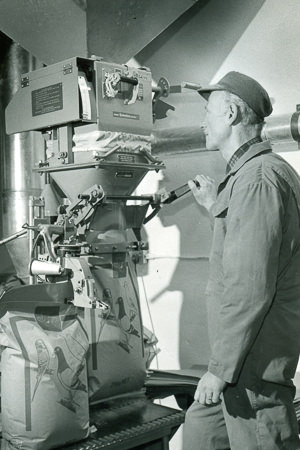
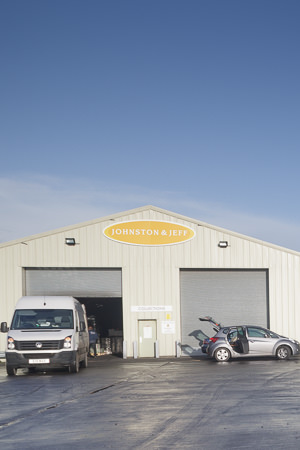



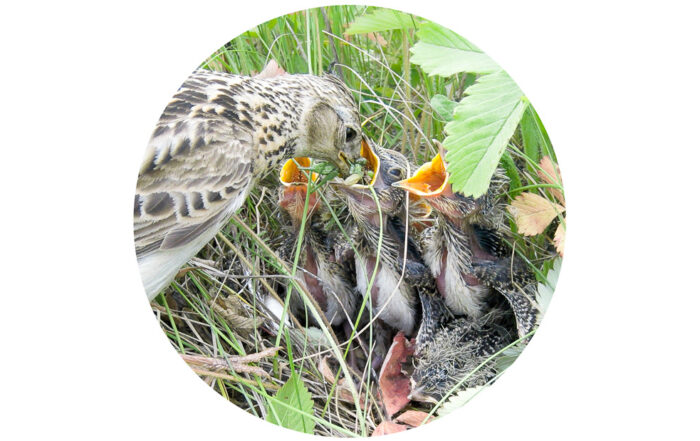
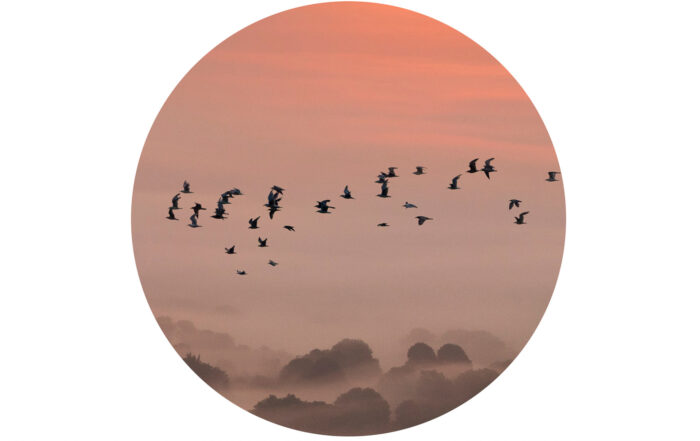
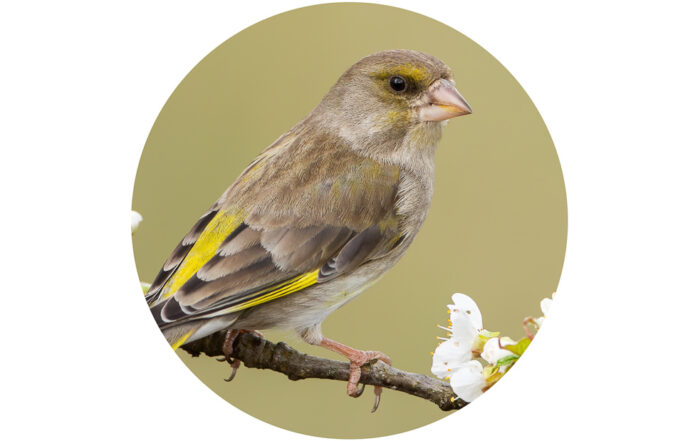
Leave A Comment